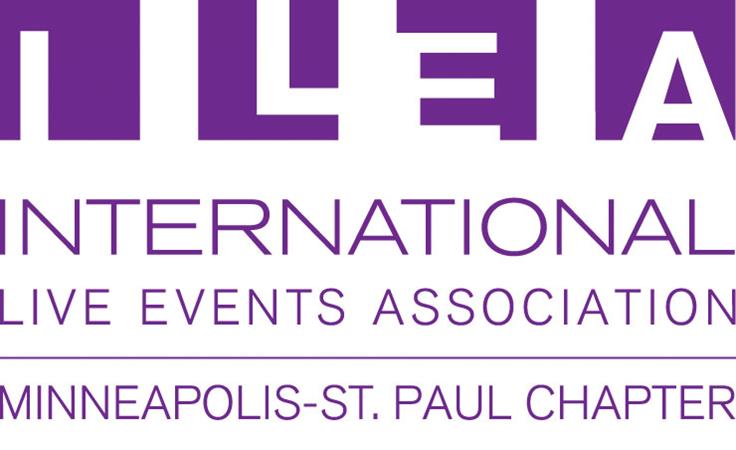Mason Creative is an award winning event planning company lead by Char Mason. We produce meaningful and memorable experiences and events that build strong bonds between organizations and their customers. Our events enrich lives, deepen connections and ignite people's desire for our client’s causes, brands and goals. We know what motivates event attendees and we produce events that surprise and inspire.
Email Etiquette — Avoiding the Blunders
Q. How can I ensure that my emails make a professional impression?
A. Provided by Char Mason, Coleman Mason Events
Send Email That Will Impress Them and Won’t Embarrass You
Almost everyone involved in the meeting and event-planning industry relies heavily on email to communicate, as well as convey a professional image. However, if not used with tact, restraint and an eye to accuracy, you could be sending out messages that communicate something you may not have intended. To display your level of professionalism consistently, review this checklist before sending your next email:
DON’T go overboard with too much information. Remember less is more, especially when it comes to emails, which are harder to read than printed communications. As you write, imagine reading your message on a cell phone. Keep it short.
DO proofread your email before sending. We all misspell words, forget attachments or send to the incorrect recipients occasionally. However, if all your emails have glaring errors it makes you look sloppy. Always proofread before sending. In fact, for important emails, send a test email to yourself first. You’ll catch things you didn't see while you were composing.
DON’T automatically hit “reply all.” Instead, think through whether your response is better suited to just the sender or to the entire group. However, if the sender is obviously seeking group interaction, do “reply to all” to save the sender from having to resend your responses to everyone.
DO check your recipient list before you send. Because most email programs auto fill names as you type, it's all too easy to mistakenly send a personal message to your VIP client Mary that was meant for your crazy friend Mary. If you do send your message to the wrong person, follow up with an apology retraction as quickly as possible.
DON’T leave out the message thread. When you reply to an email, always include the original mail in your reply. It will save the recipient time and the frustration of searching for the related emails to which you’ve responded.
DO use the “Wait a Day” rule. If you get an email that sets you off, don't respond for at least one day. You’ll have a clearer head and more time to think about the possible outcome of your response. If you give yourself 24 hours to cool off, you may find yourself wondering why you felt so angry in the first place.
DON’T BCC. Blind carbon copies (BCC) are inappropriate if you have anyone other than yourself listed in the “To” or “CC” fields. It‘s misleading to the recipient who cannot see who is essentially "listening in" to your communication. If you’re using BCC to protect the anonymity of a larger email list (for example, a party invitation to a large group,) use your own email address in the “To” field and “BCC”everyone else.
DO pick up the phone! When an email conversation goes back and forth several times, it can become tedious. Speed up your productivity and make a connection the old-fashioned way by calling the person on the phone instead.









